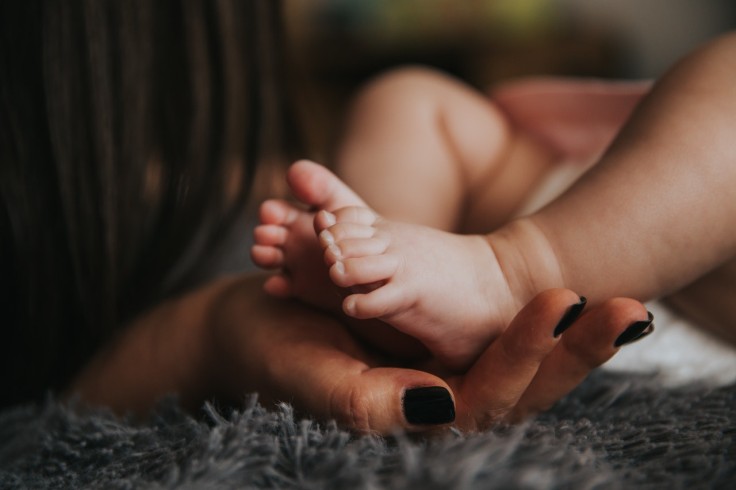
If your child has sensitive skin, it could be a battle trying to get control over those itchy patches or that rash that shows up out of nowhere. Itchy, dry, and blotchy skin can be extremely frustrating.
And if you feel as though you have attempted everything to get control over the rashes and itchy patches, it can fuel your frustration.
Our skin is a protective layer to protect us from the outside elements. But sometimes it's these outside elements that are the very thing affecting our skin, and it's the cause of why it has become dry and irritated.
Some of these things can be prevented or easily treated. Here are some things that you can do,
Determine What Is Causing The Issue
One of the most important things that you can do is figure out what can be causing your child to become irritated. This can be from any number of things, such as environmental. The types of soaps, laundry detergents that you are using, or dust mites and pet dander.
The first step you'll want to do in order to do so is inspect the products that you're using. This will help to potentially identify the cause of the irritation and rashes. Many products use similar ingredients or common perfumes that could be the culprit. They have natural options for literally anything and everything. This means finding hypoallergenic and fragrance-free products to replace common household products such as toilet paper simple. Bamboo toilet paper is a chemical free and hypoallergenic option.
Another common cause of allergies is laundry detergent and fabric softener. You can start by changing to a dye-free and odor-free laundry detergent and eliminate fabric softener until you determine it's not the cause.
Try choosing fabrics that are soft and comfortable, avoiding wool and nylon.
Develop a Good Bath Time & Bed Time Routine
You've probably been lotioning your child religiously but haven't seen much of a difference. Your bath time routine could be to blame.
The products that you choose and the timing that you apply them should be extremely intentional. Check the soaps that you are using; these could be causing dry skin and irritations, switching to fragrance-free and natural ingredient soaps will help.
Now good bath time routines don't necessarily mean that you need to bathe your child every single night. Children between the ages 6 and 11 are fine bathing every other night. In fact, excessive bathing can actually be making the conditions worse.
And you should avoid using hot water and reduce the number of baths they are taking each week. These things have been known to stop your child's natural oils production.
The timing for applying the lotion is important, and the best time is just a few minutes after a bath. A warm bath will help to soften the dry skin allowing the lotion to penetrate the dry skin easier. But whatever you do, stop rubbing the skin with a towel when drying off. You should be patting the skin dry. This helps to leave some moisture on the skin, and by applying the lotion it helps to hydrate the skin.
The choice of lotion is crucial, and using petroleum jelly or Aquaphor would be best as it helps to lock in the moisture for much longer, therefore, hydrating the skin.
Test before using new products
Before diving full force into a new product, you'll want to test it on your child's skin. This is as simple as placing the product on your child's arm to see how they react to it. Give it a few days to see if a rash appears. If your child's skin gets itchy, hot, or dry, you know you cannot use it and you avoided a breakout over their entire body.
Don't forget to make a note of the ingredients in that product. This will help to find the common ingredients causing your child's allergy.
Getting control over the itchy skin problems isn't always so easy to do. Often, it takes time to discover the causes of your kid's allergies. But you'll want to become aware of every single product that you use until you figure out what is causing the issue. This means that you need to know what ingredients are in the paper towels that your child just grabbed to wipe up the drink they just spilled. Instead of purchasing paper towels that are filled with chemicals, try using bamboo paper towels that have zero chemicals and are hypoallergenic instead.
Simple changes will help to discover the allergies and reduce your child's discomfort.